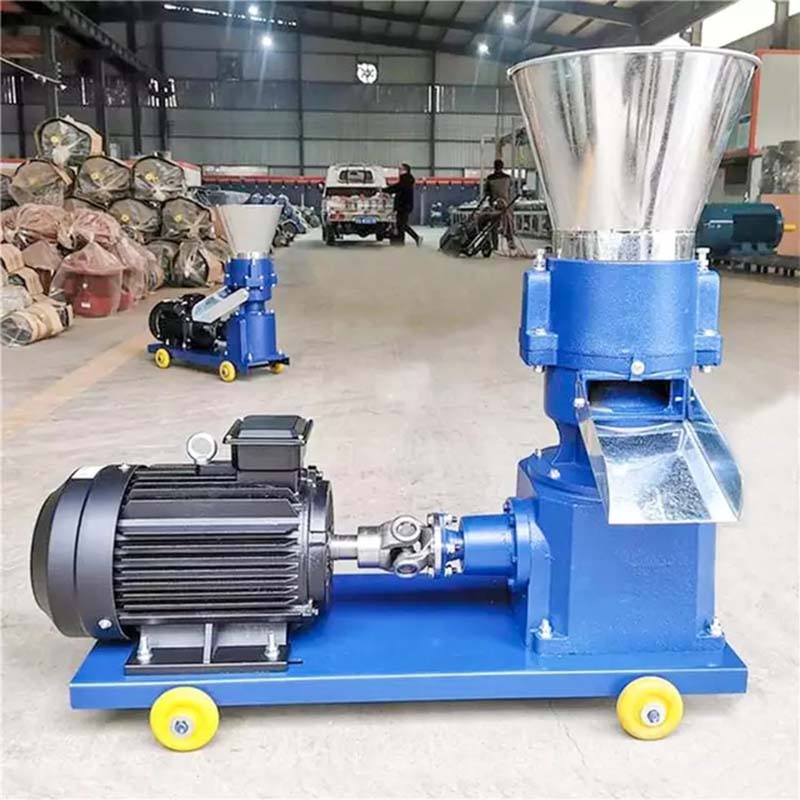poultry chicken cage
Oct . 20, 2024 19:06 Back to list
poultry chicken cage
The Impact of Poultry Chicken Cages on Animal Welfare and Production
In modern poultry farming, the use of chicken cages has become a standard practice aimed at optimizing production and ensuring the efficiency of operations. However, this practice has sparked considerable debate regarding its implications for animal welfare, productivity, and sustainability. As the poultry industry continues to evolve, understanding the effects of chicken cages on both the birds and the industry as a whole is crucial for stakeholders, including farmers, consumers, and policymakers.
The Purpose of Chicken Cages
Chicken cages, particularly in commercial egg production, are designed to maximize space and increase the number of laying hens that can be accommodated within a given area. This method of farming offers several advantages. For producers, it simplifies management tasks, enhances biosecurity, and reduces the risk of disease spread among flocks. Furthermore, these cages can lead to higher production levels due to the reduced stress on birds when properly managed. The controlled environment allows for steeper feed conversion ratios and higher egg yield—an appealing prospect for farmers operating on tight margins.
Animal Welfare Concerns
Despite the production advantages, the use of chicken cages raises significant animal welfare concerns. Critics argue that confinement in cages severely restricts the natural behaviors of hens, including nesting, foraging, and socializing. Commonly used battery cages provide hens with as little as 67 square inches of space, which is far below the recommended area needed for natural movement and behaviors. This confinement can lead to physical and psychological issues, including stress, aggression, and an increase in hen mortality rates.
Furthermore, studies have suggested that hens in enriched cages, which provide slightly more space and nesting areas, exhibit fewer abnormal behaviors compared to those in traditional battery cages. However, the concept of enriched cages remains contentious. Proponents assert that they represent an improvement in animal welfare, while opponents argue that any cage system still fails to meet the fundamental needs of the birds.
The Response from Consumers and Market Trends
poultry chicken cage

Consumer awareness regarding animal welfare standards has significantly increased over the past few years. As a result, there is a growing demand for cage-free and free-range eggs. Many consumers are now willing to pay a premium for products that align with their ethical beliefs regarding animal treatment. This shift has compelled several large poultry producers to evaluate and adjust their farming practices to meet market demand, leading to a gradual decline in traditional cage systems.
In response to this trend, some companies have developed transition plans to phase out battery cages in favor of more humane systems. Initiatives from organizations and movements advocating for animal rights have spurred legislative changes as well, with numerous states and countries implementing stricter regulations on battery cage use. These modifications reflect a broader societal change toward more sustainable and ethical food production practices.
Environmental Considerations
The debate about chicken cages also encompasses environmental sustainability. Cage systems often lead to more intensive farming practice, which can contribute to environmental degradation through increased waste production, higher water usage, and reliance on fossil fuels for transport and energy. Conversely, some argue that cage systems may lead to lower overall resource use per egg produced, as the efficiency gained through confinement can minimize land requirements.
The evaluation of the environmental impacts of poultry farming practices must consider both the benefits of intensive production and the potential downsides of relying on such systems. A balanced approach that incorporates both efficient production and humane treatment may be necessary for achieving long-term sustainability in the industry.
Conclusion
The use of poultry chicken cages remains a multifaceted issue that balances animal welfare, productivity, consumer preferences, and environmental impacts. As the poultry industry evolves, it is essential for producers to adapt their practices, keeping in mind both ethical considerations and market demands. Transitioning towards more humane and sustainable methods will not only promote better welfare for chickens but could also bolster the industry’s reputation in the eyes of consumers looking for responsible sources of food. Ongoing research, enhanced production practices, and consumer awareness will ultimately shape the future of poultry farming and the role of chicken cages in the industry.
-
Automatic Feeding Line System-Pan Feeder Nipple Drinker|Anping County Yize Metal Products Co., Ltd.
NewsJul.29,2025
-
Hot Sale 24 & 18 Door Rabbit Cages - Premium Breeding Solutions
NewsJul.25,2025
-
Automatic Feeding Line System Pan Feeder Nipple Drinker - Anping County Yize Metal Products Co., Ltd.
NewsJul.21,2025
-
Automatic Feeding Line System Pan Feeder Nipple Drinker - Anping County Yize Metal Products Co., Ltd.
NewsJul.21,2025
-
Automatic Feeding Line System - Anping Yize | Precision & Nipple
NewsJul.21,2025
-
Automatic Feeding Line System - Anping Yize | Precision & Nipple
NewsJul.21,2025






